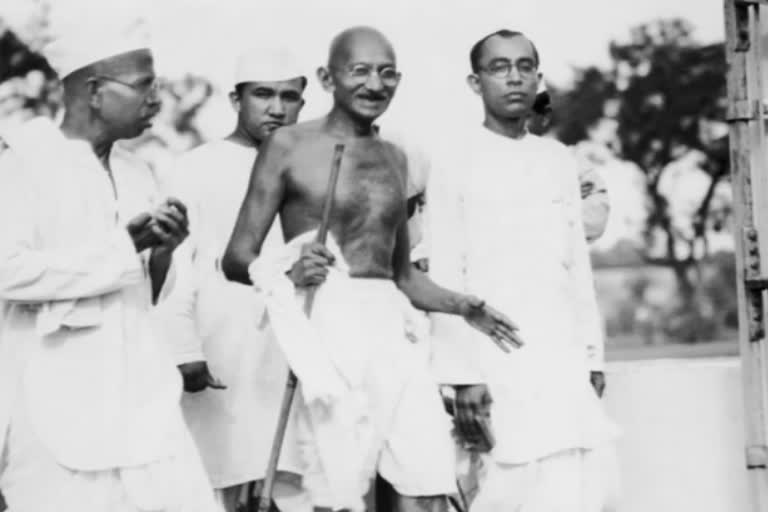Hyderabad:‘At the time that communal unity possessed me, I was a lad twelve years old,’ said Mohandas Karamchand Gandhi whose ‘boyhood dream’ was ‘amity’ between Hindus, Muslims and Parsis.
It was no ordinary coincidence that the Indian National Congress founded by an Englishman four years later had a Hindu as its first President in December 1885 at Bombay, followed by a Parsi at Calcutta in 1886, a Muslim at Madras in 1887 and an Englishman at Allahabad in 1888.
The continuation of this pattern in the years that followed marked the consolidation of cultural pluralism and secularism. The exhortation of the founder of the Indian National Congress Allan Octavian Hume to India’s youth ‘to act upon the eternal truth that self-sacrifice and unselfishness are the only unfading guides to freedom and happiness’ was timely and appropriate.
Mohandas, the boy from Porbandar who imbibed such values as cultural pluralism and oneness of human spirit at the Rajkot school, knelt at his mother’s feet promising to lead a life of purity and discipline before going to England to become a barrister.
South Africa, where lawyer Gandhi spent more than two decades of his early life braving a torrent of mental and physical assaults, transformed Mohandas into a crusader for the down-trodden and champion of the non-violent movement against arbitrary and racist authorities. 1906 was a turning point in his life and in the history of the modern world as well. Satyagraha was born in South Africa.
Its power was such that as Ramachandra Guha quotes from a Kannada weekly “not a sword was drawn not a gun fired…but heroism displayed by Mr.Gandhi in making inequity’s defeat its own end is without a parallel.” As Guha sums up quoting a letter of a South African friend ‘you gave us a lawyer and we gave you a Mahatma.’ Gandhi himself described satyagraha as ‘perhaps the mightiest instrument on earth.’
India was in a state of disarray, if not chaos, when Mahatma Gandhi returned to his motherland. His mission was to liberate the groaning millions of his countrymen from the yoke of foreign rule and to emancipate them from exploitation and injustice.
The suit-wearing barrister from England who had become an iconic crusader for the non-white oppressed South Africans returned to India to a hero’s welcome. He swung into action with his weapons of Satyagraha, non-violence and love.
